Are you interested in exploring historic homes? Here are the must-see historic houses in Quebec:
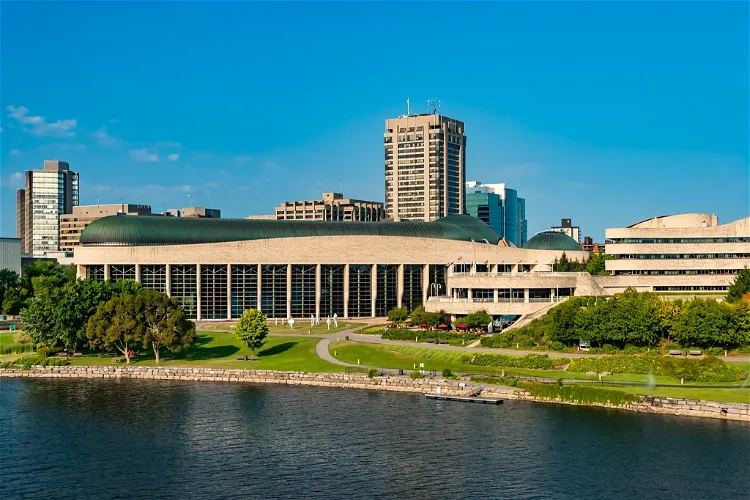
Canadian Museum of History
GatineauThe Canadian Museum of History, located in Gatineau, Quebec, is the national museum of human history in Canada. It is dedicated to collecting, studying, preserving, and presenting material objects that reflect Canada's human history and the cultural diversity of its population. The museum is known for its permanent exhibition halls, which cover 20,000 years of Canada's human history.
Museum of Civilization
Quebec CityThe Museum of Civilization, located in Quebec, Canada, is a public institution that was established on December 19, 1984. It opened its doors to the public in 1988, offering a wide range of exhibits and activities for visitors to enjoy. The museum is part of Old Quebec and is situated on the banks of the Saint Lawrence River, providing a picturesque setting for those visiting the museum.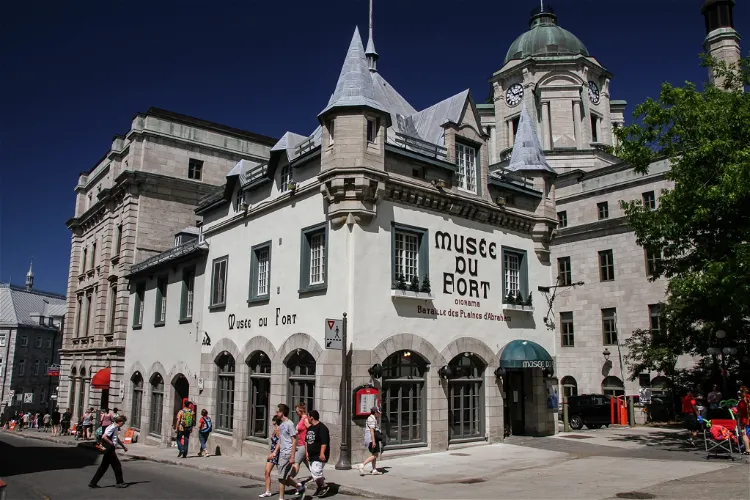
Fort Museum
Quebec CityA striking museum with interactive shows that presents the history of Quebec from its colonial beginnings.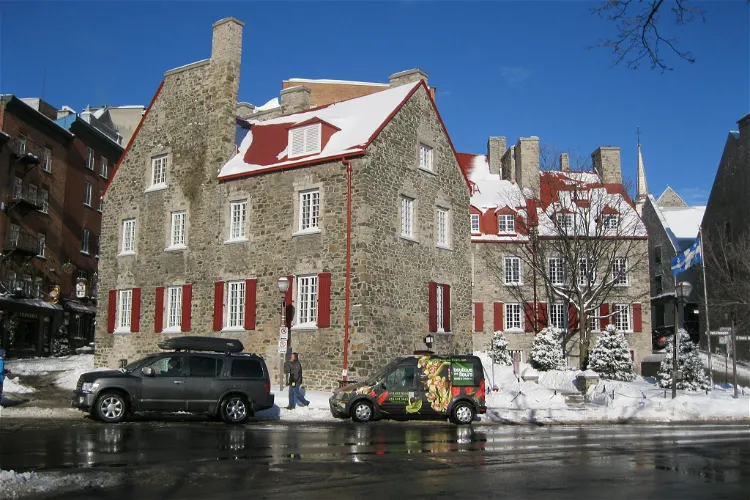
La Maison Chevalier
Quebec CityLa maison Jean-Baptiste-Chevalier is a historic house located in Quebec City. It is situated at 50, rue du Marché-Champlain, near the famous Place Royale. This location is easily accessible and is in the heart of the city, making it a convenient spot for tourists to visit.
Val-Jalbert
Val JalbertVal-Jalbert is a historical village located in Quebec, Canada. It was transformed into a tourist attraction in the 1960s, offering visitors a unique opportunity to step back in time and experience life in the early 20th century. The village was founded by Damase Jalbert in 1901 and was initially named Saint-Georges-de-Ouiatchouan. It was later renamed Val-Jalbert in 1913 in honor of its founder.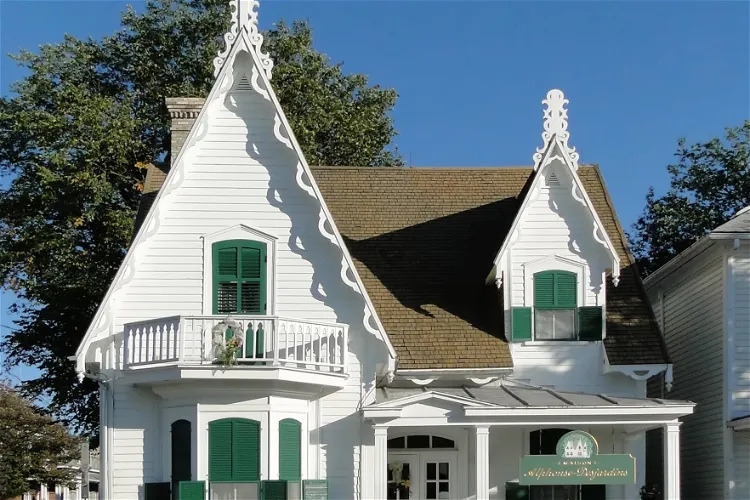
Maison Alphonse-Desjardins
LevisA residence of famous pioneer of modern banking Alphonse Desjardins. The house offers an exposition focused on his life and legacy.
Musée des Hospitalières de l'Hôtel-Dieu de Montréal
MontrealThe Musée des Hospitalières de l'Hôtel-Dieu de Montréal is a history museum that is situated on the site of the Hôtel-Dieu de Montréal, specifically at 201, avenue des Pins Ouest. This location is steeped in history and offers a unique insight into the past. The museum was inaugurated in 1992 as part of the festivities marking the 350th anniversary of Montreal, which also marked the 350th anniversary of the foundation of the Hôtel-Dieu by Jeanne Mance.- 8
Moulin Fleming
MontrealThis windmill shows the way of life of Canadian ancestors. It has 5 stories and it is really worth seeing. 
Cartier-Brébeuf National Historic Site
Quebec CityThe Cartier-Brébeuf National Historic Site is a significant location in Canada's history, designated as a National Historic Site in 1958. It is managed by Parks Canada and is situated at the meeting point of the Saint Charles and Lairet rivers in Quebec City, Quebec, Canada. This site offers a unique opportunity for visitors to explore Canada's rich history and natural beauty.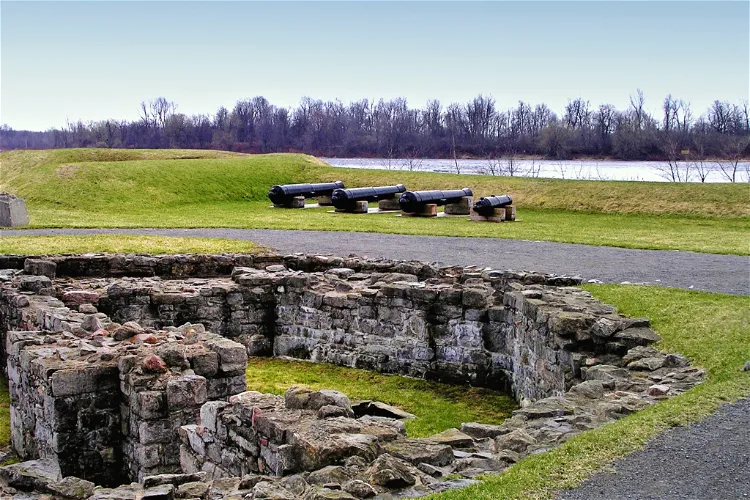
Lieu historique national de Coteau-du-Lac
Coteau-du-LacThe Coteau-du-Lac Canal is a significant historical site in Canada, dating back to the 18th century. It is situated at the confluence of the Delisle and Saint Lawrence Rivers in Quebec. As a military canal, it played a crucial role in the transportation and defense systems of the time. Today, it stands as a testament to the engineering and strategic planning of the era.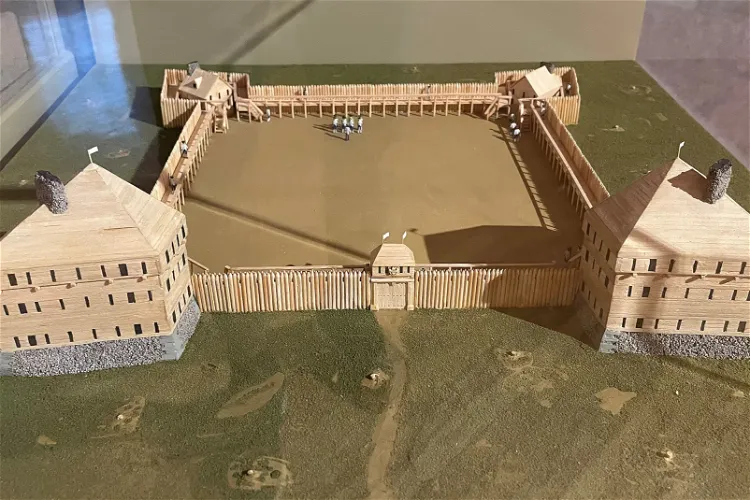
Fort Saint-Jean Museum
Saint-Jean-sur-RichelieuFort Saint-Jean is a historical site located in the province of Quebec, Canada. It is situated on the banks of the Richelieu River, offering visitors a picturesque view of the surrounding landscape. The fort's location has played a significant role in its history and development, making it an interesting destination for those interested in Canadian history.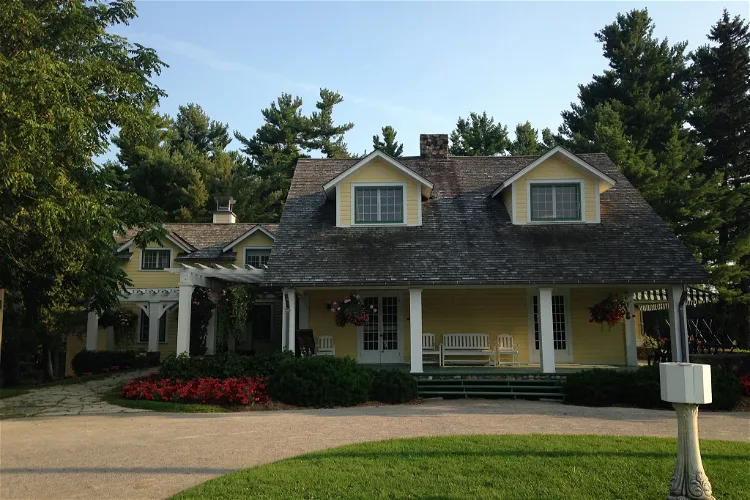
Mackenzie King Estate
ChelseaWilliam Lyon Mackenzie King was a significant figure in Canadian politics, serving as the country's Prime Minister for three separate terms between 1921 and 1948. His leadership spanned from the third to the fifth decade of the 20th century, marking a significant period in Canada's history.